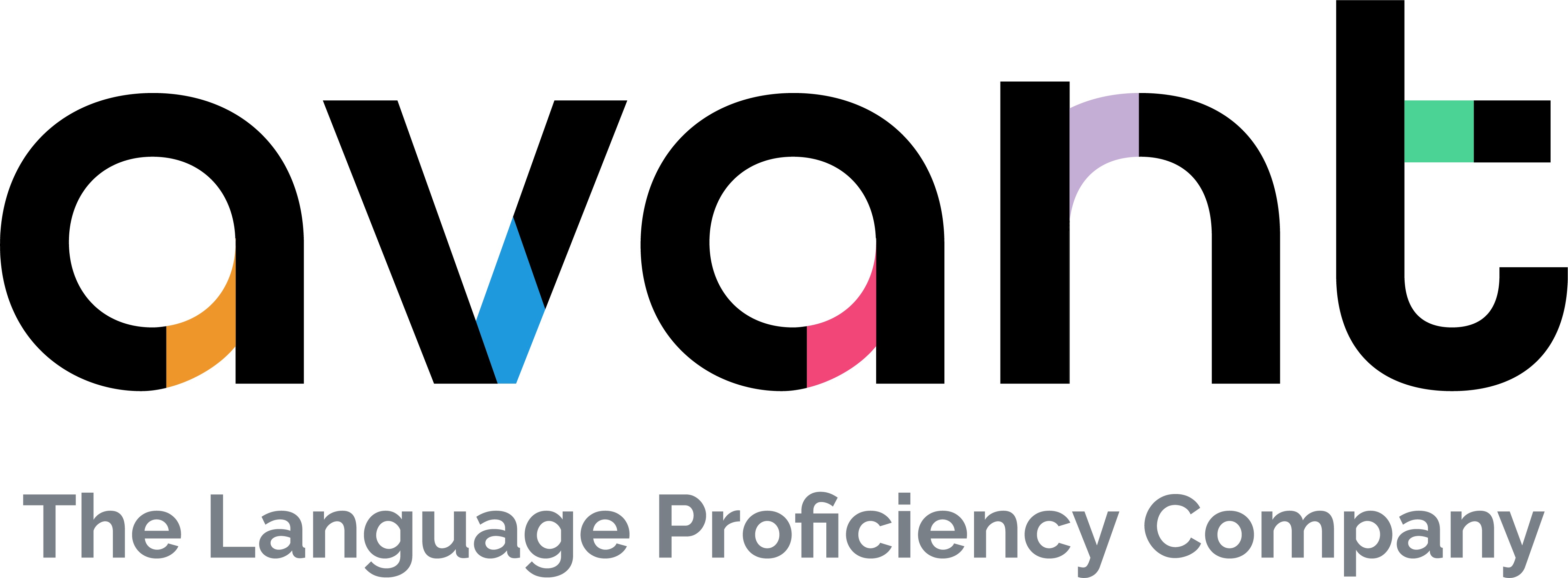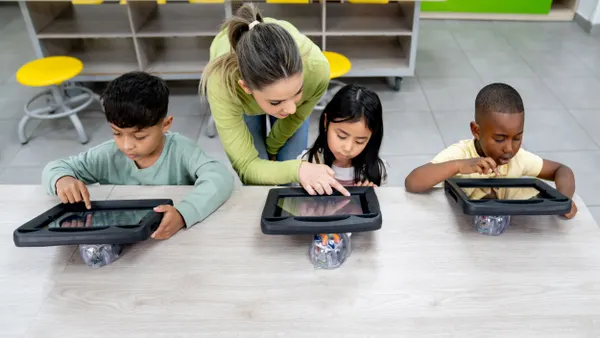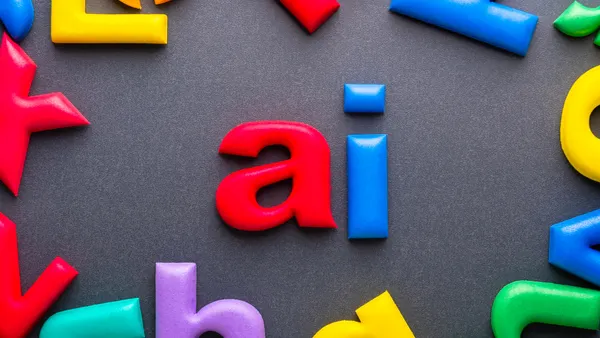Renee Hobbs believes teenagers are at the best age to absorb the history of 9/11, given that adolescents and young adults can likely identify with the emotions of anger and conflict that many experienced in the days and months that followed. The problem? Few if any high school students were born prior to the attacks in New York, Washington, D.C., and Pennsylvania on Sept. 11, 2001.
"It's the paradox of being an educator," Hobbs, the director of the Media Education Lab at the University of Rhode Island, told Education Dive. "My students stay the same age, and I get older and older. To be a good teacher, I have to reflect on that every year."
That’s why Hobbs and educators including Carolyn Fortuna and Kara Clayton stepped in, crafting "Memories of September 11, 2001," a set of online resources that include 90-second video interviews with adults about their memories of the attacks. Students can play the recordings, and then send questions to interviewees, who answer them online as well.
The site also includes three lesson plans plus an overview, guides that link to videos, additional reading materials and even writing prompts. These activities are meant to help students not just glean and absorb historic facts, but also connect with stories, as they listen to experiences of those who were there.
"We know that stories affect us because they move our head, heart and spirit," said Hobbs. "They provoke feelings of identification, and make us ask, 'What if it happened to us?'"
Life to the page
Even with the best virtual reality technology that lets students walk through the Pyramids of Giza, no one alive on the planet today knows what the sky looked like when Pharaoh Khufu gave the orders to start building the first of these monuments around 2550 B.C. Nor can anyone living recall the way the fields around the town of Gettysburg, Penn., looked just before the battles started on July 1, 1863.
Certainly, few students finish their K-12 educations without learning about these moments in history. Yet social studies lessons, particularly those where firsthand accounts are not possible, can easily veer into a glazed eye experience. Reading words on a page evokes hardly the same reaction as listening to someone’s accounting of a historic moment.
The goal, then, is to make a historic story come alive, to engage students in the details, and to "provoke intellectual curiosity," as Hobbs notes.
Media literacy
The history of 9/11 is complicated to teach — and not just because students are starting without their own experiences to tap. The topic is fraught with misinformation that’s seeded across the web. Teaching about the day of the attack and the weeks that followed requires more than just a history lesson to be effective. Curriculum designers can, and likely should, weave digital literacy tools into classes, as well. Educators must, as a result, be careful about which resources they use as they build out this curriculum.
While "Memories of September 11, 2001" is certainly one place to start, another is the website for the 9/11 Memorial Museum. There, educators can find online teaching guides, lesson plans and also a wealth of primary sources including those first remarks made by President George W. Bush after the two planes crashed into the World Trade Center. There’s also a virtual tour of the physical museum for those who can’t visit New York, which includes some of the 60,000 artifacts the building has on-site.
The goal for any teacher is to spark interest in their students in what they’re studying. When it comes to history, teachers hope to shake off some of the dust of time and make moments come to life. Tapping into a student’s sense of emotion can help, allowing educators to then guide pupils to a teachable moment: not just what happened in a single moment, but what that means going forward.
"Everything going on right now hinges on the big shift that happened after 9/11," said Hobbs. "We want to deepen people’s understanding and the longterm impact."





 Dive Awards
Dive Awards







